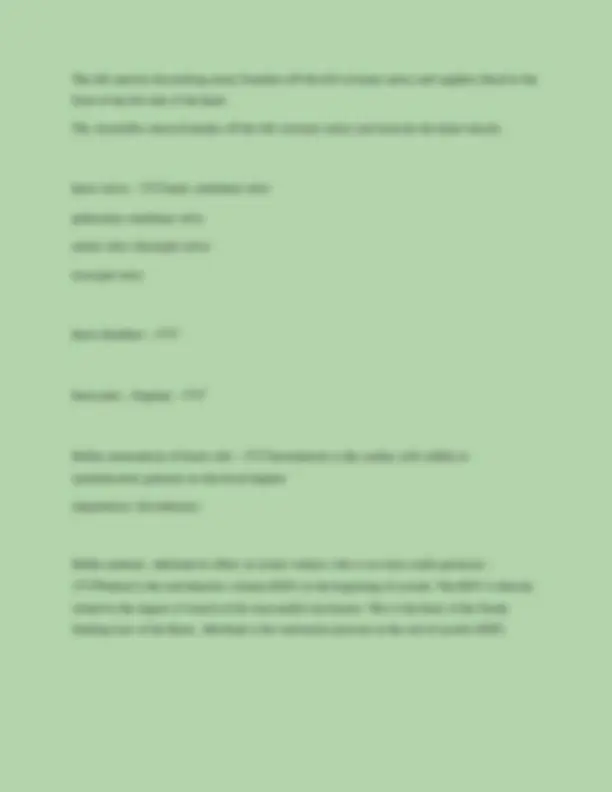



Study with the several resources on Docsity

Earn points by helping other students or get them with a premium plan


Prepare for your exams
Study with the several resources on Docsity

Earn points to download
Earn points by helping other students or get them with a premium plan
Community
Ask the community for help and clear up your study doubts
Discover the best universities in your country according to Docsity users
Free resources
Download our free guides on studying techniques, anxiety management strategies, and thesis advice from Docsity tutors
This study guide provides a comprehensive overview of key concepts related to basic dysrhythmias, focusing on essential knowledge for test 2 in 2024. It covers topics such as measuring pr intervals and qrs complexes, understanding electrical activity and its corresponding mechanical events, blood circulation through the heart, the electrical conduction system, and defining key terms like systole, diastole, and cardiac output. The guide also includes information on coronary arteries, heart valves, and chambers, as well as the automaticity of heart cells and concepts like preload and afterload.
Typology: Exams
1 / 3

This page cannot be seen from the preview
Don't miss anything!


Know how to measure the PR interval ( PRI) - ✅✅From where the P wave begins until the beginning of the QRS complex. 0.12 to 0.20 seconds (3 to 5 small boxes) in adults, longer in elderly people. Know how to measure the QRS - ✅✅From the end of the PR interval to the end of the S wave. 0.08 to 0.10 seconds. (2-2 1/2 boxes) Know the normal values for the PRI and the QRS - ✅✅PRI = 0.12 - 0.20 or 3-5 boxes QRS = 0.08 - 0.10 or 2- 2 1/2 boxes Know what electrical activity triggers which mechanical event. For example what electrical event represents atrial contraction? - ✅✅P wave (deflection wave/atrial depolarization); QRS complex (venticular depolarization); T wave (ventricular repolarization) Know the blood circulation through the heart, starting from the superior vena cava and progressing through the right side of the heart, the lungs and the left side, ending up finally going through the aortic valve and into the aorta. - ✅✅Suerior Vena Cava - Right Atria- Tricuspid Valve - Right Ventricle - Pulmonary Valve - Pulmonary Artery - Rt & Left Lungs - pulmonary veins - Left Atria - Mitral Valve - Left Ventricle - Aortic Valve - Ascending Aorta and coronary arteries
Know the electrical conduction system of the heart. ( same as the last test) - ✅✅SA node - AV node - Bachmann's Bundle - *** - Rt & Lft Bundle Branches Know which central nerve slows the heart rate down when stimulated - ✅✅Vagus nerve Define systole (first number) and diastole (second number) - ✅✅Systole - contraction - of the ventricles, blood is driven through the aorta and pulmonary artery Diastole- relaxing period - when the ventricles and atria are refilling lub-dub - lub atrialventricular valves closing; dub - pulmonary and aortic valves closing Define cardiac output (SV * HR = Cardiac Output) - ✅✅The amount of blood the heart pumps through the circulatory system in a minute. The amount of blood put out by the left ventricle of the heart in one contraction is called the stroke volume. The stroke volume and the heart rate determine the cardiac output. Which arteries carry oxygenated blood to the heart muscle - ✅✅coronary arteries The left main coronary divides into branches: